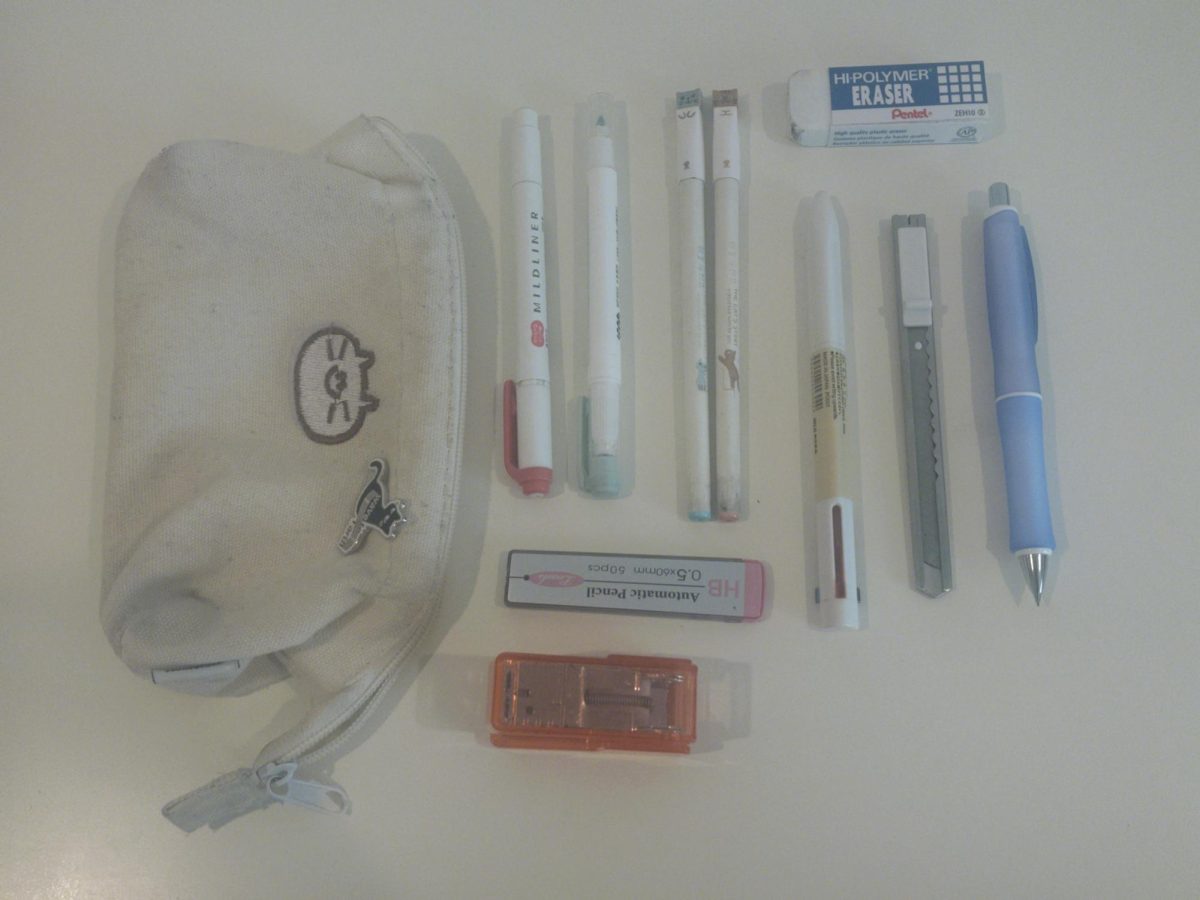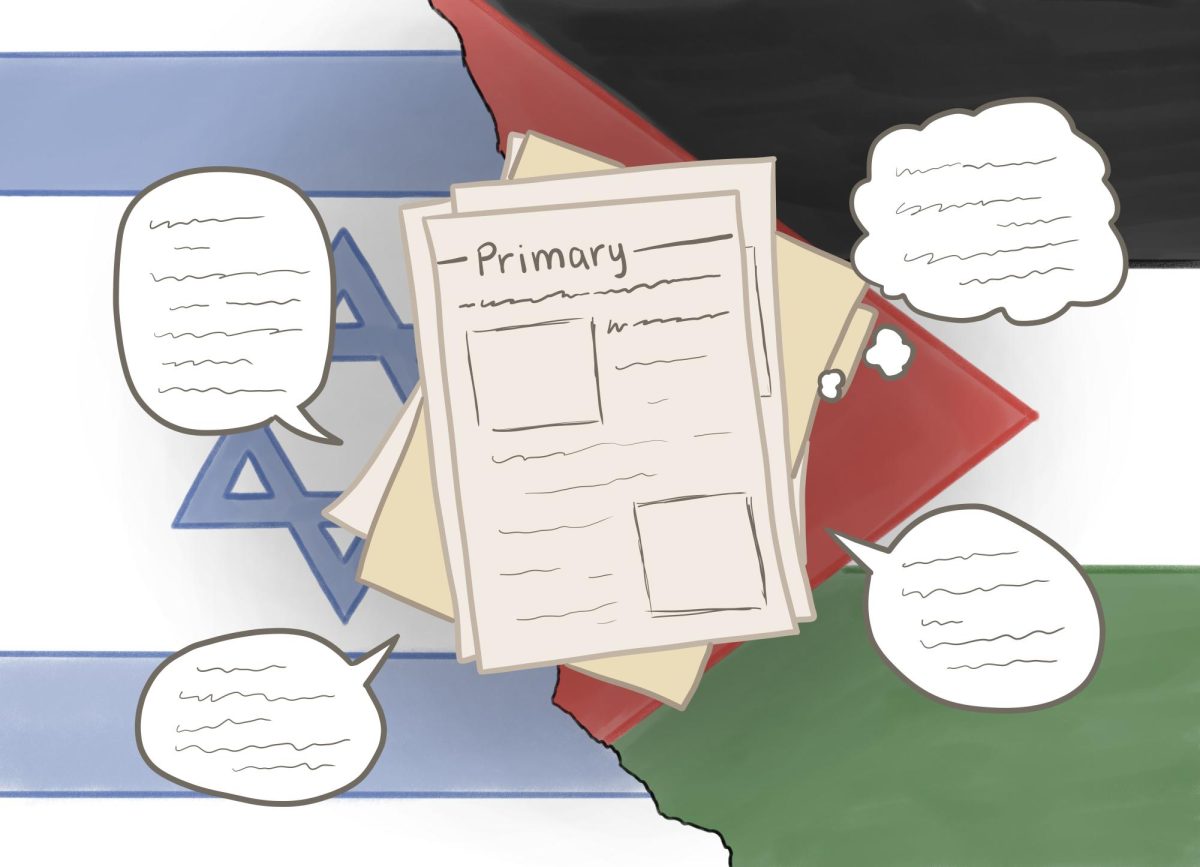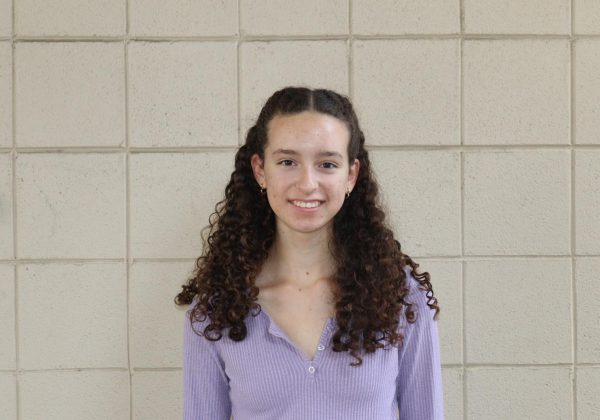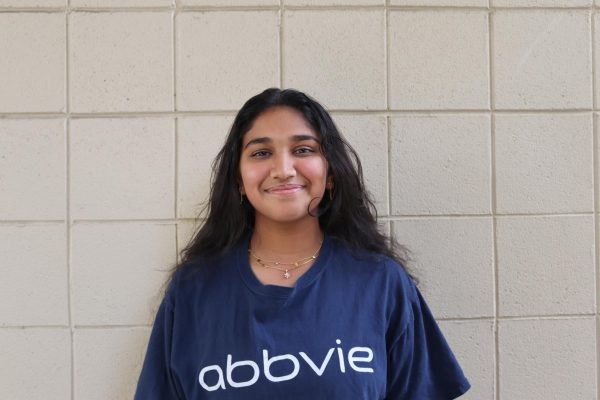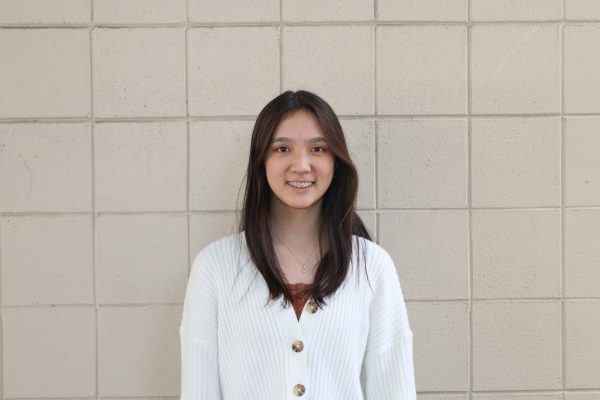Politics have rarely been as divisive as they are now in the U.S. This reality has tangible effects in classrooms, especially those of social studies teachers who try to teach current events.
As fiercely debated topics — such as the Israeli-Palestinian conflict and abortion rights — are discussed, some students say they would like to see teachers improve their approach to teaching them without imposing their own personal biases.
“I think, in general, classes tend to always have some bias,“ senior Leonardo Jia said. “Teachers aren’t forcing their opinion [on the class], but you can tell kind of which way they lean on specific subjects.”.
In AP U.S. History, juniors learn about the country’s political landscape across the decades, including discussing current events in class that are often politically charged. When a teacher mentioned their strong stance on a prominent politician, one anonymous student told The Falcon, “Regardless of whether or not I agree with [them], I felt like it set a standard that some political opinions aren’t going to be welcome in the class.”
As freshmen, students take either, World Geography or Ethnic Studies. In both of these courses, current events such as the tensions between India and Pakistan or the war between Israel and Hamas are discussed. When teachers let suggestive remarks slip or glaze over one side of the story, some students reported that they could detect bias in the presentation of information.
“I think it’s important that we discuss [politics] and find new opinions, but I also think there needs to be a limit of how far we go with these topics,” sophomore Aradhita Singh said. “There have been some teachers who express specific opinions that students would not agree with. There’s definitely an underlying bias you can sense in the way they talk about things and the hints they give.”
Both teachers and students seem to share similar views on the ideals of how to keep history classes objective, yet their opinions seem to diverge on the efficacy of their implementation.
History teachers say they teach current events in class in order to keep students up-to-date with developing issues, as well as the differing viewpoints that surround these conflicts. This allows students the chance to form their own opinions, while applying the historical analysis and pattern recognition skills learned in class — helping them develop their critical thinking.
“The goal of a history teacher is to teach students to think for themselves,” history teacher Amanda Lupoli said. “If you tell them the ‘answer,’ that’s going to be detrimental to their learning. I think it’s important for their future not to advertise biases as much as possible.”
To try to reduce bias, several teachers say they try to give students opportunities to voice their opinions in class while also providing outside sources of information. Teachers incorporate primary accounts of events, historical documentaries and textbook readings to show students diverse points of view and provide a more complete picture.
These different resources can help students recognize a holistic view of the events, helping inform their own opinions about the past.
According to history teacher Mike Davey, a teacher’s role is simply to present all the facts and to keep their beliefs to themselves in order to give students space to form their own opinions.
“It’s important to know what the issues are and also know different politicians’ views on them,” Davey said. “On the first day of class, I asked students to list what they thought [different political parties stood for] and only corrected them when they were wrong. After that, I just cover what’s going on.”
But to help further mitigate the problem of unconscious bias among teachers, Jia believes they should include more discussion and debate-style activities, where students have the opportunity to truly try to understand both sides of a divisive issue.
“I think that teachers should encourage people to disagree,” Jia said. “Right now I see a lot of students who don’t want to contribute and will just piggyback off of what the other people are saying — plainly agreeing and restating what other students have said — instead of actually taking the time to add something to their argument or disagree.”
Not only do debates allow students to explore both sides of the issue, but they also give students the opportunity to form their own opinions about the topic without the inadvertent influence of the teacher.
Jia added, “Disagreeing might not necessarily change your mind. It can actually reinforce your own opinion, if you’re successfully defending your stance. Ultimately, encouraging students to disagree would be beneficial to see all the opinions.”

























